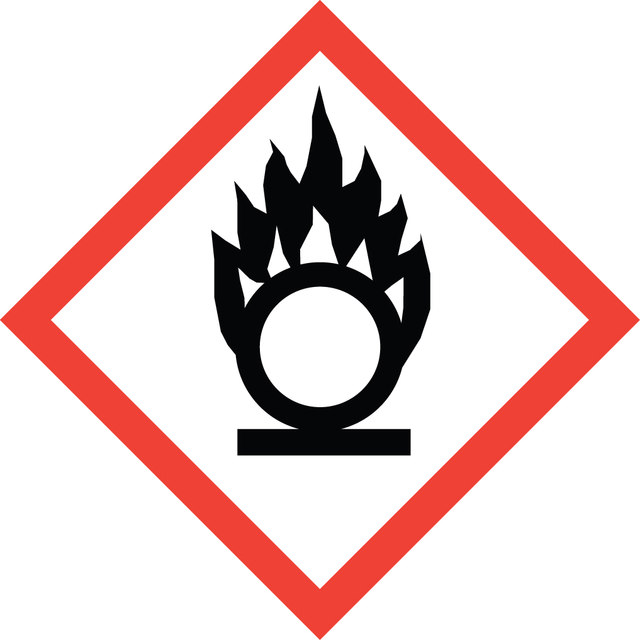Select a Size
About This Item
Product Name
Nickel(II) nitrate hexahydrate, 99.999% trace metals basis
InChI key
AOPCKOPZYFFEDA-UHFFFAOYSA-N
InChI
1S/2NO3.Ni.6H2O/c2*2-1(3)4;;;;;;;/h;;;6*1H2/q2*-1;+2;;;;;;
SMILES string
O.O.O.O.O.O.[Ni++].[O-][N+]([O-])=O.[O-][N+]([O-])=O
assay
99.999% trace metals basis
form
solid
reaction suitability
core: nickel
impurities
≤15.0 ppm Trace Metal Analysis
mp
56 °C (lit.)
density
2.05 g/mL at 25 °C (lit.)
Quality Level
Looking for similar products? Visit Product Comparison Guide
Related Categories
Application
In addition, it can be used:
- As an additive in the fabrication of cellulose acetate polymers(CA) to control the porosity of the polymer. The formation of Ni(NO3)2.6H2O aggregates in the polymer matrix during solidification and the strong interaction between Ni, nitrate, and water molecules results in the formation of well-defined pores on the surface of the CA matrix.
- As a starting material to prepare nickel(ii) Schiff base, which is used as a precursor to synthesize NiO nanoparticles by solid-state thermal decomposition method.
- As a dopant to prepare Ni-Ceria catalyst for selective hydrogenation of acetylene.
- As a catalyst to prepare 3,4-dihydropyrimidinone derivatives via Biginelli cyclocondensation.
Features and Benefits
- Exceptional Purity: The 99.999% purity of Nickel(II) nitrate hexahydrate minimizes contamination from trace metals, ensuring suitability for applications sensitive to even minute impurities.
- Consistent Performance: Ultra-high purity guarantees consistent performance across various applications, reducing variability and enhancing reliability.
- High Purity Standard: Ideal as a standard or reagent for trace metal analysis and high-precision analytical techniques, ensuring accurate and reliable results.
General description
signalword
Danger
Hazard Classifications
Acute Tox. 4 Inhalation - Acute Tox. 4 Oral - Aquatic Acute 1 - Aquatic Chronic 1 - Carc. 1A - Eye Dam. 1 - Muta. 2 - Ox. Sol. 2 - Repr. 1B - Resp. Sens. 1 - Skin Irrit. 2 - Skin Sens. 1 - STOT RE 1 Inhalation
Storage Class
5.1B - Oxidizing hazardous materials
wgk
WGK 3
flash_point_f
Not applicable
flash_point_c
Not applicable
ppe
Eyeshields, Faceshields, Gloves, type P3 (EN 143) respirator cartridges
Regulatory Information
Choose from one of the most recent versions:
Already Own This Product?
Find documentation for the products that you have recently purchased in the Document Library.
Articles
Nickel complexes catalyze various synthetic reactions like oxidative addition, C-H activation, and cross-coupling.
Lithium-ion batteries' characteristics make them popular for electricity storage due to portability, rechargeability, and low cost.
The prevailing strategies for heat and electric-power production that rely on fossil and fission fuels are having a negative impact on the environment and on our living conditions.
Plasmonic nanoparticles have unique optical properties that can be tailored to suit a variety of applications in the biotechnology1–8 and electronics9–16 industries.
Our team of scientists has experience in all areas of research including Life Science, Material Science, Chemical Synthesis, Chromatography, Analytical and many others.
Contact Technical Service



